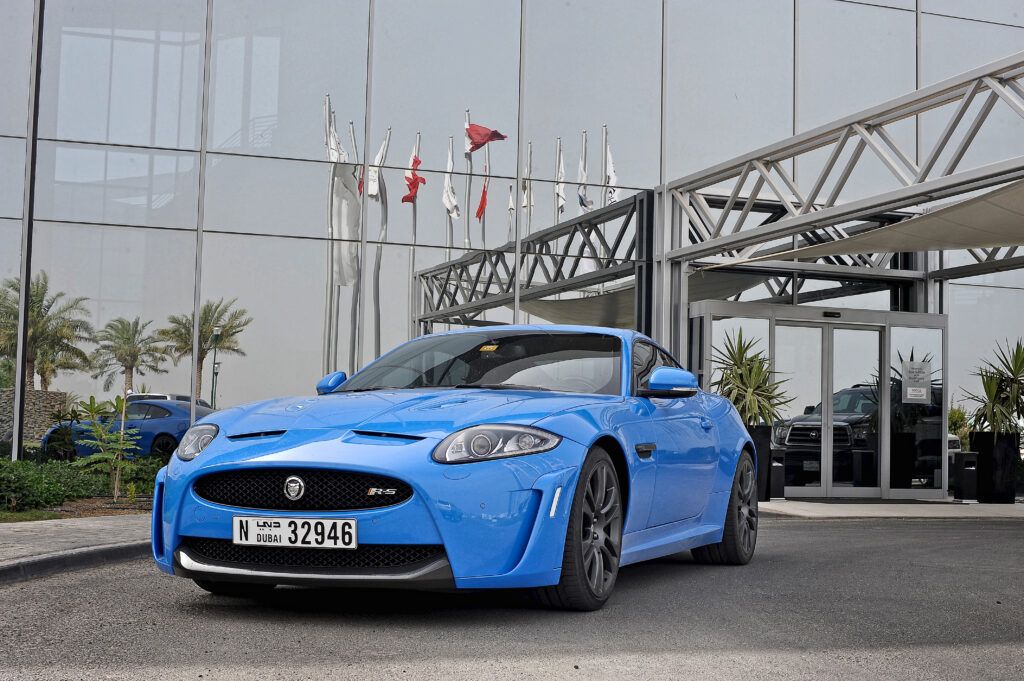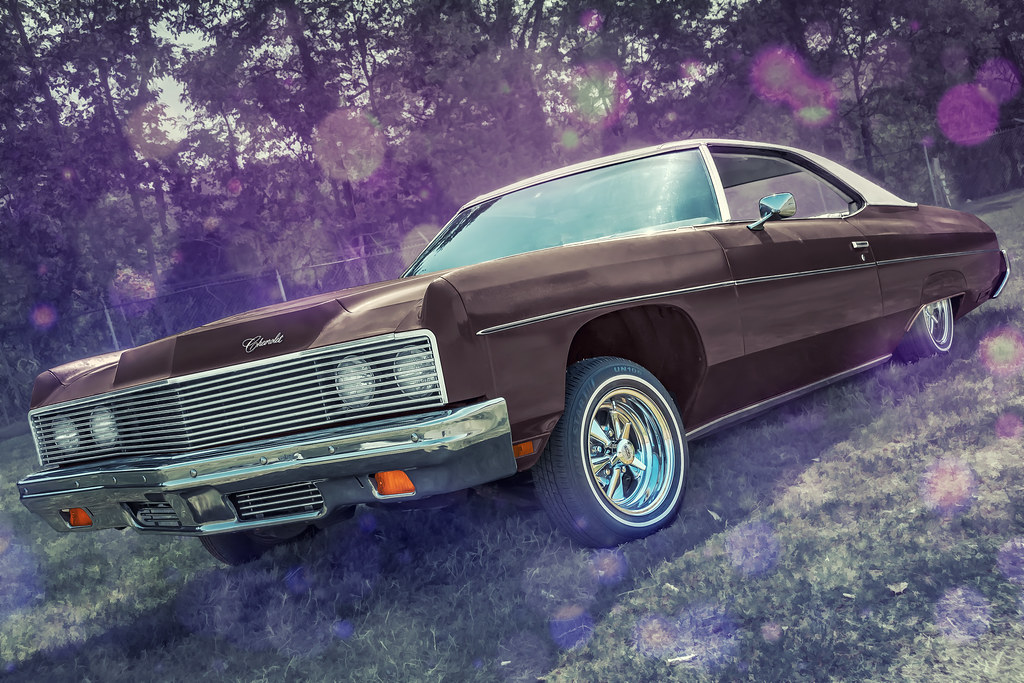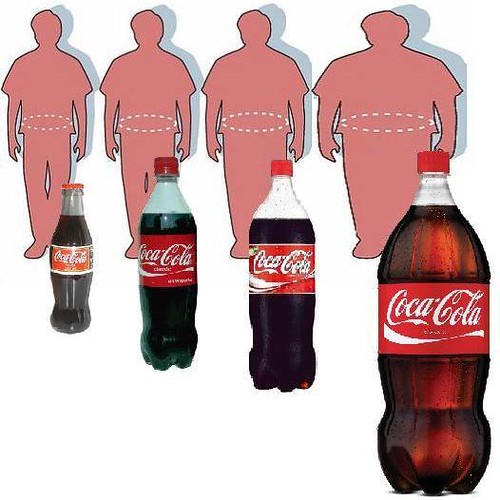
The early 2000s, what a time to be alive, right? We’re talking low-rise jeans, flip phones, and pop-punk anthems blaring from every portable CD player – it was an era of unapologetic self-expression and, let’s be honest, some truly wild trends. Amidst all the Y2K chaos, one thing remained a constant source of joy, and sometimes, outright bewilderment: the soft drinks that filled our school cafeterias, convenience store coolers, and refrigerators. These weren’t just beverages; they were statements, often brightly colored, intensely flavored, and occasionally, a little bit bizarre.
Soda has always had a knack for innovation and a flair for risk-taking, giving us everything from the translucent curiosity of Crystal Pepsi to the infamous blunder of New Coke. But the ’00s really turned up the dial on experimental flavors and eye-catching aesthetics. It was a decade where brands pushed boundaries, trying to capture the fickle attention of a generation obsessed with newness, often resulting in drinks that, while short-lived, carved out an indelible niche in our nostalgic hearts. Many of these fizzy concoctions fizzled out quickly, yet their legacies endure as cult favorites and cherished snapshots of a bygone era, sparking vivid memories of simpler, sugary times.
So, buckle up, fellow ’00s survivors, as we take a delightful, bubbly trip back in time. We’re diving deep into the absolute conquerors of fizz and the legends of the school cafeteria – 13 iconic soft drinks that, for better or worse, defined a significant chunk of our youth. This first half of our journey will explore some of the boldest entrants and their memorable, often brief, reigns, proving that even a short run can leave a lasting impression.
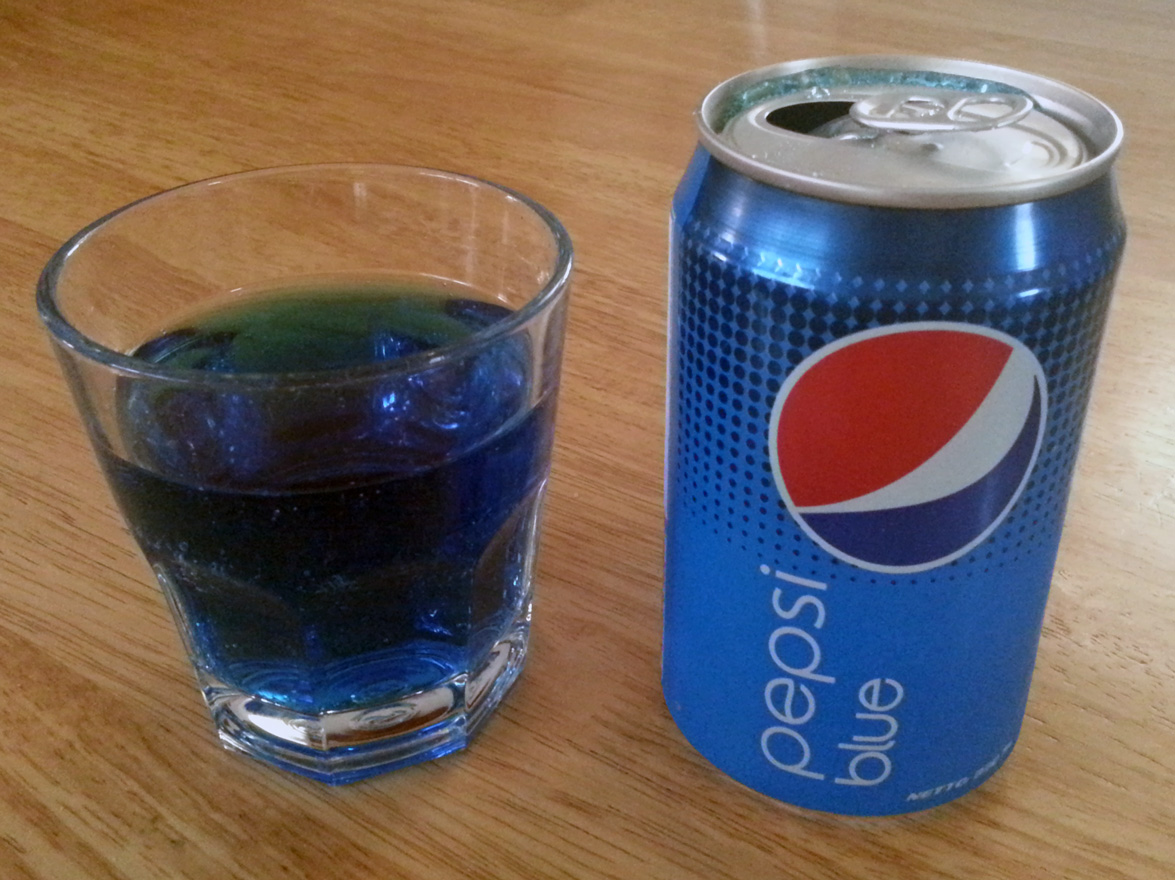
1. **Pepsi Blue**Remember Pepsi Blue? In the early 2000s, PepsiCo made a daring splash with this vibrant concoction. It was a neon-blue, berry-flavored soda, an audacious attempt to outshine Coca-Cola Vanilla. The core question for marketers was, “Would people who typically gravitated towards vanilla flavor actually grab a bright blue drink?”
Despite a strong push with celebrity endorsements and integration into pop culture, its candy-like taste just didn’t quite click with consumers. It was a bold visual statement, definitely eye-catching, but the flavor profile didn’t secure its place in the everyday rotation of soda drinkers.
By 2004, the “Big Blue” experiment was officially over, and Pepsi discontinued the soda, leaving behind a colorful, albeit short, legacy. Yet, for those who remember it, Pepsi Blue remains a vivid, unique memory, embodying the ’00s spirit of pushing visual and taste boundaries.
Read more about: Cindy Crawford and Kaia Gerber: Sculpting a Modern Fashion Dynasty
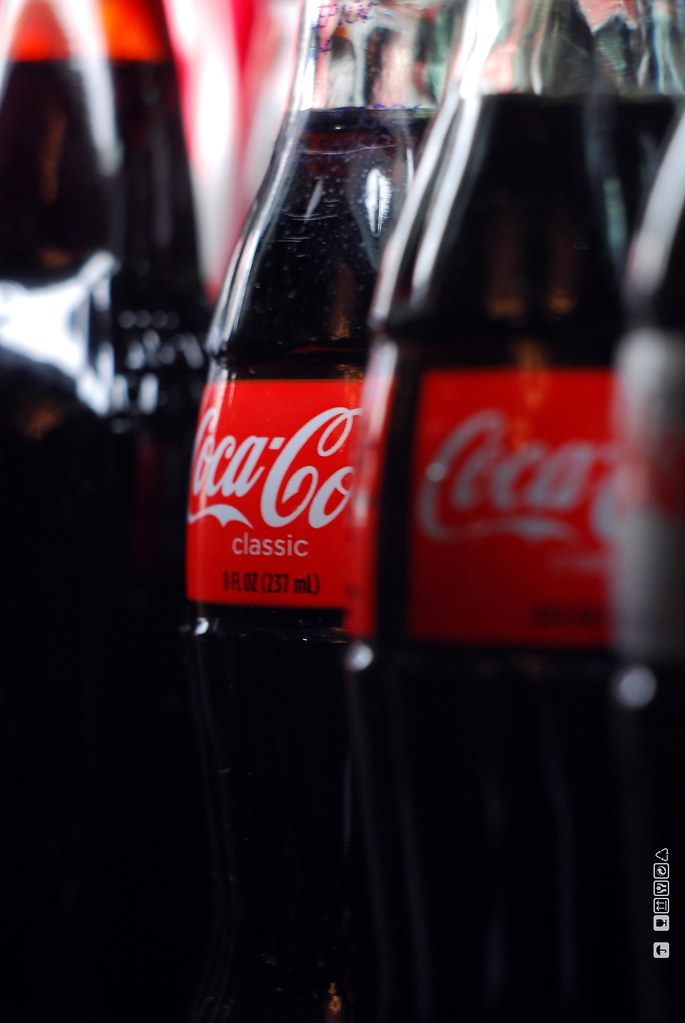
2. **Surge**Oh, Surge. One of my personal favorites, and a true icon of ’00s nostalgia, even if its genesis was in the late ’90s. This was Coca-Cola’s bold 1996 answer to Mountain Dew, known for its neon-green hue and unapologetically extreme ’90s marketing campaign. It was designed to electrify your taste buds and give you a jolt.
For many, Surge was *the* energizing soda choice during the late ’90s and early 2000s. It offered a zesty citrus kick that was hard to forget, quickly carving out its niche with bold advertising and an unforgettable flavor profile. It became synonymous with a certain rebellious youth culture, from skate parks to intense gaming sessions.
Though initially discontinued in 2003, its legend refused to die. The overwhelming demand from its dedicated fan base led to its brief revival in 2014, and for a short time, you could even buy it on Amazon. Its return, however fleeting, proved the lasting impact of this potent, green fizz.
Surge’s enduring popularity, decades after its initial launch, speaks volumes about its impact. It wasn’t just a soda; it was a symbol of an era that embraced extreme energy and vibrant, in-your-face branding, securing its place in the pantheon of beloved, forgotten fizz.
Read more about: Crash Data Reveals America’s Most Dangerous Roads and Intersections

3. **Sprite Remix**In 2003, Sprite tapped into the era’s “remix culture” with Sprite Remix, aiming to offer a tropical twist on its classic lemon-lime formula. This was a clear attempt to broaden Sprite’s appeal and inject some fresh, exotic flavors into the mainstream soda market, perfectly aligning with a decade that loved to blend and mash up everything from music to fashion.
The drink launched with flashy campaigns and strong cultural connections to music and dance, trying to resonate with a dynamic, youthful audience. It felt like a genuinely innovative step, adding a new dimension to a familiar and beloved brand. The initial buzz was significant, and many quickly became fans of its refreshing, fruity taste.
However, despite its initial popularity and the excitement it generated, the tropical adventure of Sprite Remix was surprisingly short-lived. By 2005, it was gone from shelves, much to the dismay of its dedicated fans. Its disappearance often prompts the lament, “too soon!” It seems some flavors, no matter how good, just don’t get enough time to truly cement their place.
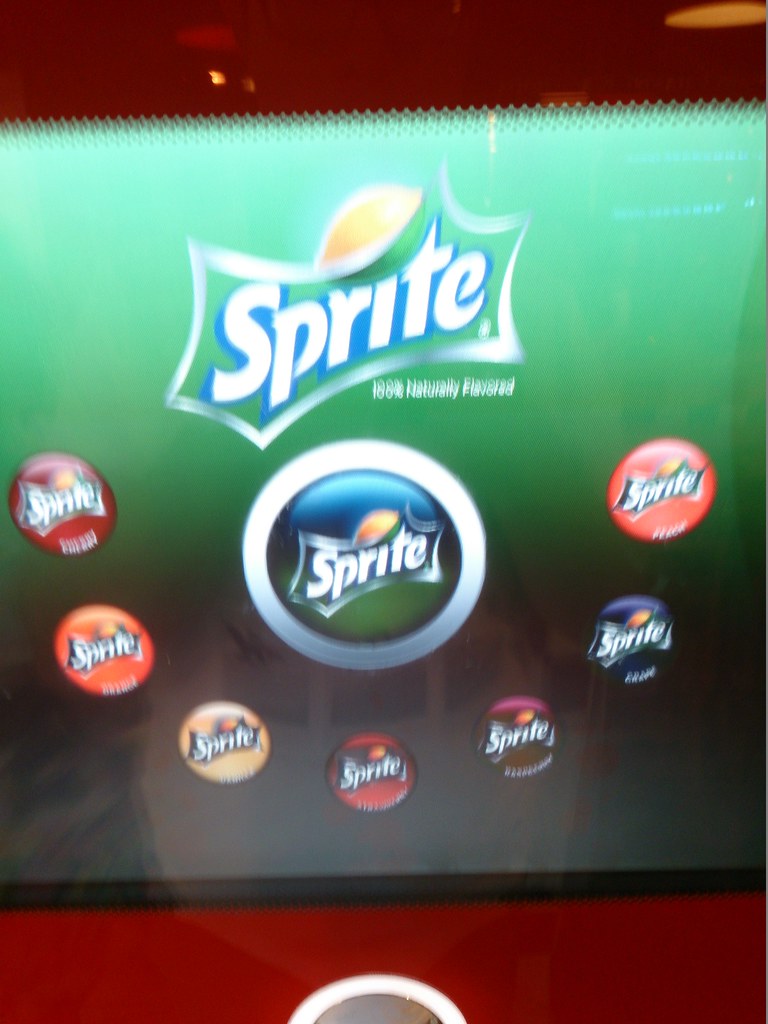
4. **Coca-Cola C2**Launched in 2004, Coca-Cola C2 was a direct response to the massive Atkins Diet craze, a period when carb-consciousness was at its peak. This soda was meticulously designed to appeal to consumers who wanted the classic Coke taste but with a significant reduction in guilt, offering half the calories, carbs, and sugars of regular Coke.
The cola marketers put their best efforts into C2, positioning it as the ideal compromise for diet-conscious individuals who weren’t quite ready to fully commit to zero-calorie options. It was a clever strategy to bridge the gap between full-sugar and diet sodas, attempting to cater to a very specific, prevalent dietary trend of the mid-2000s.
Ultimately, C2’s reign was brief. By 2007, diet trends began to shift, and a new, more decisive player, Coke Zero, entered the scene, quickly becoming “the new hot chick in town.” Coke Zero’s commitment to “zero” everything proved more appealing than C2’s “half” approach, signaling the end for the carb-conscious cola.
Read more about: Seriously, How Do They Do It? 14 Enduring Brands That Keep Winning Consumer Hearts and Minds
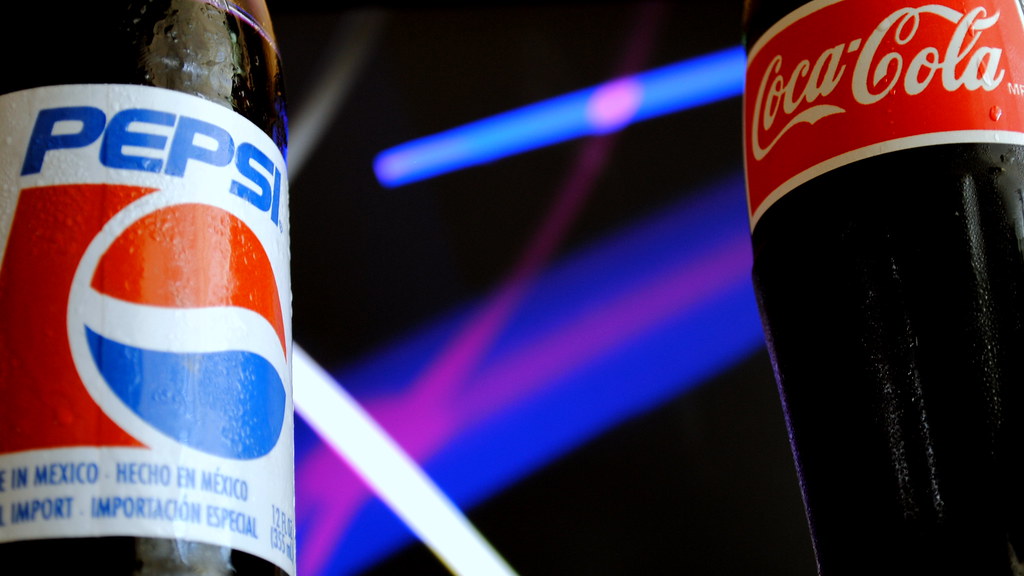
5. **Josta**Though a product of the late ’90s, launching in 1995, Josta’s pioneering spirit and influence absolutely paved the way for the energy drink explosion that defined much of the ’00s. PepsiCo’s Josta was the first significant energy soda to hit the market, truly groundbreaking for its time. It boasted a unique blend of guarana with a bold flavor, and its packaging sported a fierce black panther, hinting at its potent contents.
Josta’s innovative formula, combining exotic ingredients like guarana with the familiar fizz of soda, immediately set it apart. It quickly gathered a dedicated following among those seeking an alternative to coffee and regular soda, becoming a go-to for an extra kick before the true energy drink giants like Red Bull and Monster fully dominated the scene.
Despite its innovative concept and initial success, Josta’s wild energy fizzled out by 1999. It simply couldn’t keep pace with the massive marketing and distribution power of the burgeoning energy drink titans that soon followed. It was, arguably, a product ahead of its time, a trailblazer in a market that wasn’t quite ready for it on a massive scale.

6. **Coca-Cola BlāK**Here’s a concept that sounded incredibly “slick” on paper: Coca-Cola BlāK, launched in 2006, was a daring fusion of soda and coffee. This ambitious experiment aimed to bridge two beloved beverage worlds, with Coca-Cola genuinely believing it could appeal to the “coffee elite” seeking a sophisticated, energizing drink.
Here’s a concept that sounded incredibly “slick” on paper: Coca-Cola BlāK, launched in 2006, was a daring fusion of soda and coffee. This ambitious experiment aimed to bridge two beloved beverage worlds, with Coca-Cola genuinely believing it could appeal to the “coffee elite” seeking a sophisticated, energizing drink.
The idea was compelling: combine the refreshing fizz of Coke with the bold kick of coffee in one elegant, black-labeled bottle. It was positioned to capture both morning coffee drinkers and afternoon soda sippers, a prime example of the ’00s trend of trying to create hybrid products that offered the best of both worlds.
However, as we often see with such bold experiments, it didn’t work out as planned. The market delivered its swift verdict, leading to its discontinuation by 2008. The general consensus was that coffee and Coke, when blended, often resulted in a flavor profile that was more jarring than harmonious, proving some fusions are better left untried.
Read more about: Seriously, Where Did They Go? A Nostalgic Deep Dive into 12 Discontinued Drinks That Vanished From Our Tables
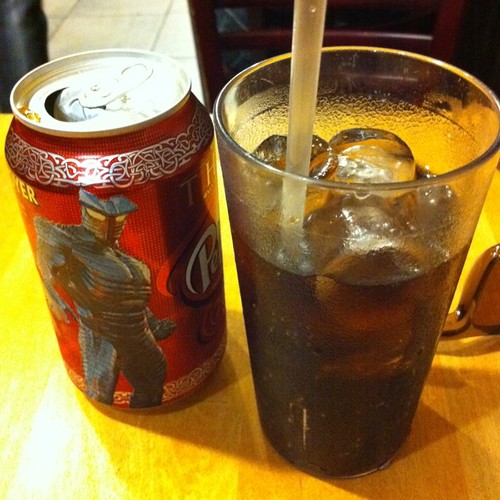
7. **Dr Pepper Red Fusion**Introduced in 2002, Dr Pepper Red Fusion was a significant moment for the brand, largely because it marked the first new flavor added to the iconic Dr Pepper line in over a century. This rare expansion prompted many to wonder, “What took them so long?” to innovate beyond their distinctive original blend.
The new concoction featured a bold cherry twist, a natural choice given the perennial popularity of cherry flavors in the soda market. It seemed like a promising, yet safe, innovation for the brand, designed to attract new drinkers while still appealing to their loyal fan base. Heavy marketing campaigns emphasized its striking red color and the promise of a unique taste.
However, despite the extensive marketing and the sheer novelty of a “new” Dr Pepper, Red Fusion struggled to find lasting success. It simply failed to resonate deeply enough with consumers to justify its continued production. Just two short years after its grand introduction, due to poor sales, it was discontinued.
Alright, ’00s adventurers, if you thought the first batch of fizzy legends was wild, you haven’t seen anything yet! We’re diving even deeper into the archives of sugary, caffeinated glory to pull out six more iconic soft drinks that totally owned the school cafeteria, the corner store, and our hearts back in the day. Get ready to unlock some serious core memories, because these next few sips were just as unforgettable, and sometimes, just as baffling, as the trends that defined the era.
From citrusy energy boosts trying to dethrone the reigning kings, to fruit-infused delights, and even some seriously edgy marketing experiments, the ’00s were a golden age of beverage innovation. These drinks weren’t just about quenching your thirst; they were a statement, a mood, and often, a vibrant accessory to your low-rise jeans and flip-phone aesthetic. So, without further ado, let’s crack open the next chapter of our epic fizzy flashback!
Read more about: Decoding Deficiency: Essential Vitamin Warning Signs and Why Winter Matters for Your Health
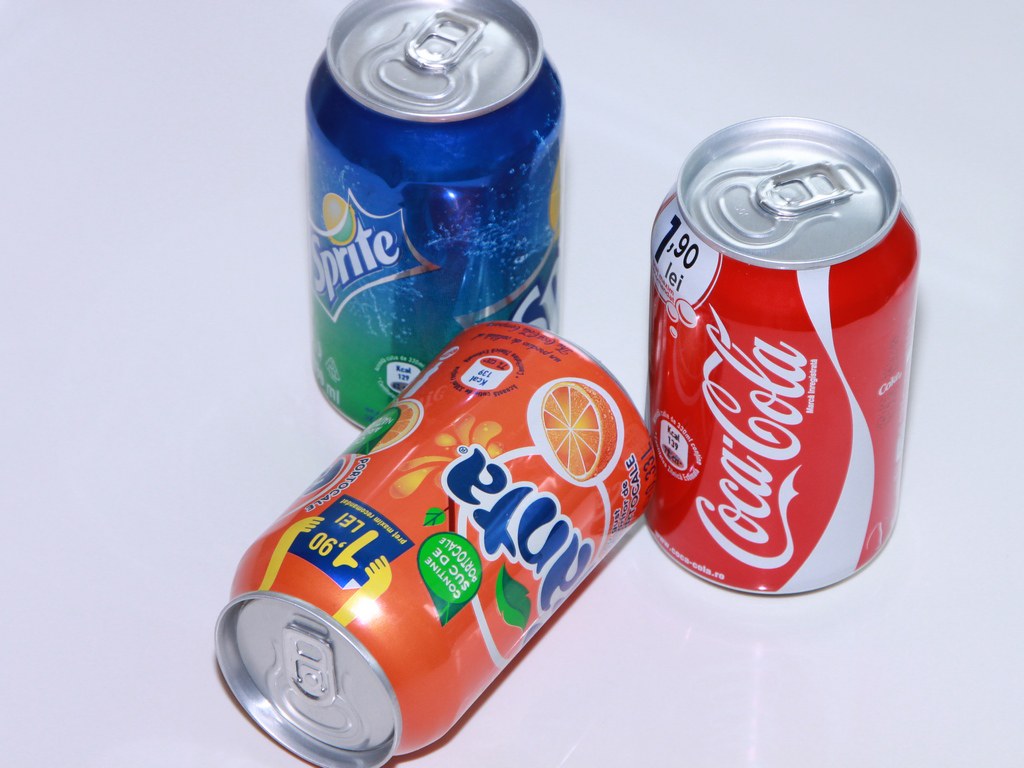
8. **Vault**Remember the intense citrus rush of Surge? Well, in 2005, Coca-Cola decided they wanted a piece of that action again, and Vault burst onto the scene. Positioned as a “hybrid energy drink,” it promised to deliver the refreshing taste of a soda with a powerful energy boost, aiming squarely at Pepsi’s Mountain Dew. It was essentially Coca-Cola’s attempt to rebrand a concept that had already fizzled once before, but with a new name and a whole lot of aggressive marketing.
Vault was everywhere, from commercials that made you want to jump off a skateboard (even if you’d never touched one) to in-store displays that practically screamed “EXTREME!” For a while, it seemed like it might actually succeed in its mission, carving out a decent following among those who wanted their soda with an extra kick. It was the perfect companion for late-night gaming sessions or powering through that last hour of school before the bell rang.
Despite its initial success and bold advertising, Vault couldn’t sustain its momentum. Like so many ’00s trends, its time in the spotlight was eventually eclipsed, leading to its discontinuation in 2011. For fans, its disappearance was a genuinely sad moment, leaving a citrus-flavored hole in their hearts that no other drink quite managed to fill. It just goes to show, sometimes even the most aggressive marketing can’t conquer the true power of the Dew, but it sure made a valiant, memorable effort.
Read more about: Journey Through Time: 12 Enduring Historical Mysteries Researchers Are Still Unraveling
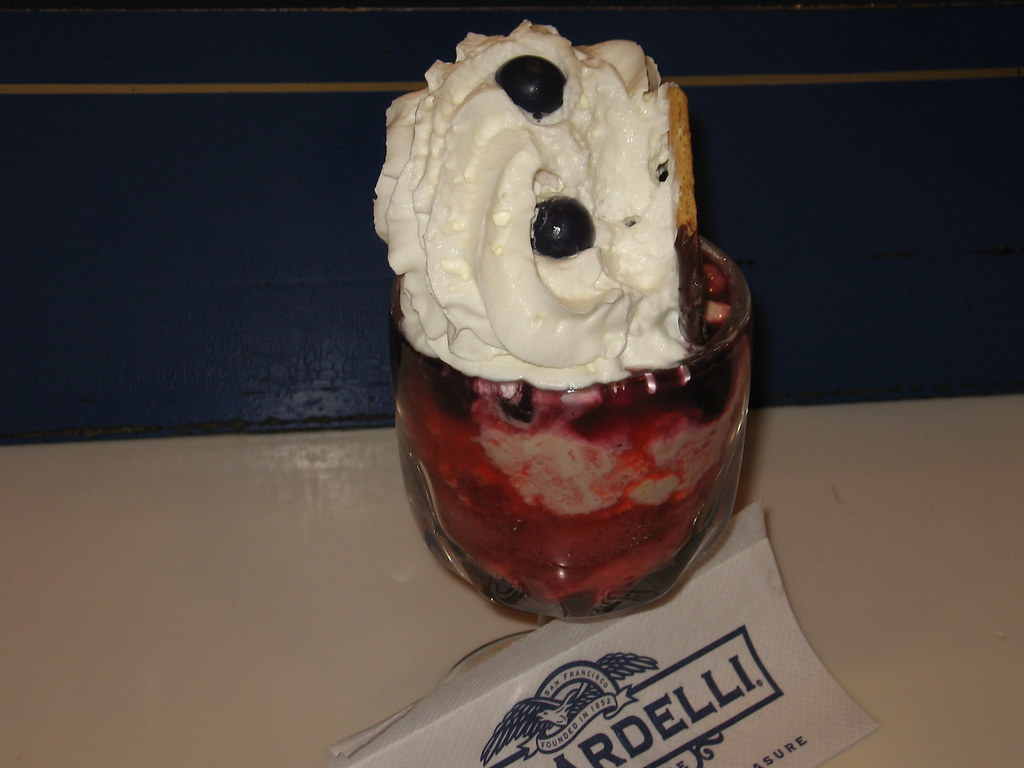
9. **Slice**Let’s talk about Slice, shall we? This wasn’t just *any* soda; it was the drink that decided, “Hey, maybe we should put *actual fruit juice* in our fizzy concoctions!” Introduced way back in 1984, Slice shook up the soda scene by blending real fruit juice into its vibrant flavors like apple, orange, and even tropical ones. While it debuted in the ’80s, Slice truly found its stride and hung in there right up until the 2000s, making it a definite staple for many of us growing up in that era.
It felt like a healthier, more ‘natural’ choice compared to the purely sugar-laden alternatives, even if we were mostly drawn to the vibrant cans adorned with colorful fruit illustrations. My personal favorite was Mandarin Orange, but honestly, every flavor from Strawberry to Grape, Lemon Lime, Fruit Punch, and Pineapple was a burst of fruity joy. It was the kind of soda that made you feel a little less guilty about your sugary indulgence.
Slice’s commitment to real fruit juice resonated with consumers who were starting to become more health-conscious (or at least, wanted to *feel* health-conscious while still sipping on something sweet and bubbly). It appealed to a broader audience, from kids who loved the taste to adults who appreciated the subtle nod to natural ingredients. This pioneering approach made Slice stand out in a crowded market, giving it a unique edge.
Sadly, despite its long run and dedicated fanbase, Slice was eventually pulled off the shelves in the 2000s, before it could truly reach its full potential. It was a good idea, arguably ahead of its time, and its discontinuation left many of us wondering why such a refreshing and innovative drink couldn’t make it. Its legacy, however, lives on as one of the era’s most refreshing and fruity soda offerings, reminding us of simpler times and genuinely tasty fruit-flavored fizz.
Read more about: Your Next Road Trip Could Be a Disaster: The Wildest Rental Car Nightmares That Will Make You Rethink Everything
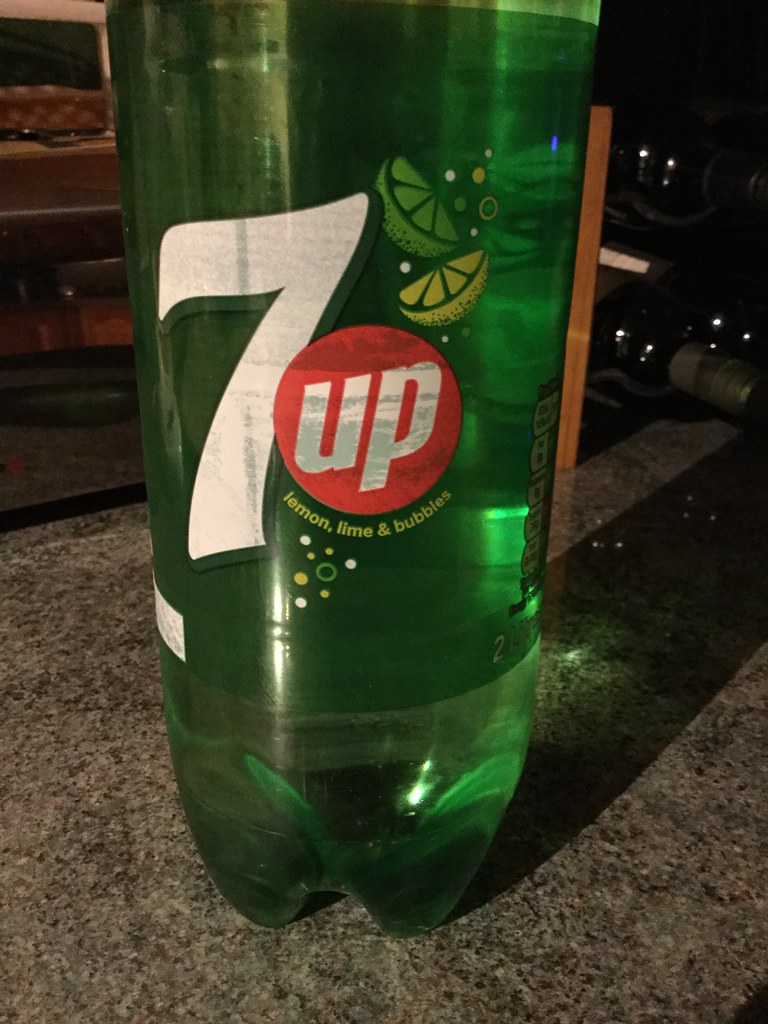
10. **dnL**Prepare yourself for a blast from the past that literally turned things upside down: dnL! Launched in 2002, this quirky concoction was 7UP’s wild, caffeinated evil twin. Its name was 7UP spelled backward, and its bold, bright green color was an inversion of the classic clear soda. It was a brilliant marketing move, aiming to grab the attention of a generation that loved anything unconventional and a little bit rebellious.
dnL wasn’t just a visual gimmick; it offered a unique, zesty flavor that was a departure from 7UP’s usual lemon-lime. It was a caffeinated citrus bomb, designed to give you a kick that felt distinct and energetic. For those of us who grew up with 7UP but craved something with a bit more edge and a jolt of caffeine, dnL was a revelation. It felt like the cooler, edgier older sibling of the soda world, perfectly fitting the ’00s vibe of pushing boundaries.
You could spot dnL cans from a mile away with their inverted logo and vibrant hue, making them an instant conversation starter in the school cafeteria or at parties. It was a true product line extension that really showcased some creative thinking from the marketing team. Many of us who tried it were genuinely impressed, thinking, “Wow, this sounds so much better than regular 7UP!”
However, despite its clever concept and memorable branding, dnL struggled to catch on in the long run. It fizzled out by 2005, leaving behind a loyal but relatively small group of fans who still lament its premature departure. It seems that even turning things upside down isn’t always enough to secure a permanent spot in the fiercely competitive soda market, but it definitely left its mark as a quirky, unforgettable ’00s gem.
Read more about: Forget the Hype! Trader Joe’s Employees Share Their Top 14 Must-Buy Products You Need in Your Cart ASAP

11. **Coca-Cola Lime**Let’s be honest, we all love to add a little something extra to our drinks, right? For years, people had been squeezing fresh lime into their Coca-Cola for that extra zing. So, in 2005, some brilliant mind in Coca-Cola’s marketing department decided, “Hey, why don’t we just do it for them?” And thus, Coca-Cola Lime was born, captivating consumers by blending the iconic cola flavor with that irresistible burst of lime. Somebody in that marketing department absolutely deserved a promotion for listening to the people!
This wasn’t just a simple flavor addition; it was a stroke of genius that tapped directly into consumer habits. Coca-Cola Lime offered a refreshing twist that felt both familiar and exciting. It added a bright, zesty note to the classic cola, making it a perfect pick-me-up for a warm afternoon or a zippy complement to any meal. Its early popularity was undeniable, as people embraced the convenience of having their favorite flavor combination pre-mixed.
The striking green accents on the packaging made it instantly recognizable on store shelves, signaling a fresh and adventurous take on the beloved classic. It felt modern, trendy, and perfectly aligned with the ’00s desire for customization and unique flavor experiences. For a while, Coca-Cola Lime was a go-to for many, a testament to the power of a simple, yet effective, flavor pairing.
Despite its early popularity, the product was eventually discontinued in the early 2010s. The general consensus from some was that the pre-added lime could sometimes be a bit overwhelming; people, it turned out, still preferred to add the *exact* amount to fit their individual taste. But here’s a fun fact for the truly dedicated: if you really miss it, you can still find Coca-Cola Lime in Japan! So, if you’re ever on a nostalgia-fueled trip, you know what to look for!
Read more about: Get Ready To Relive Your Childhood: 15 Iconic ’90s Snacks We Desperately Need Back In Our Lives
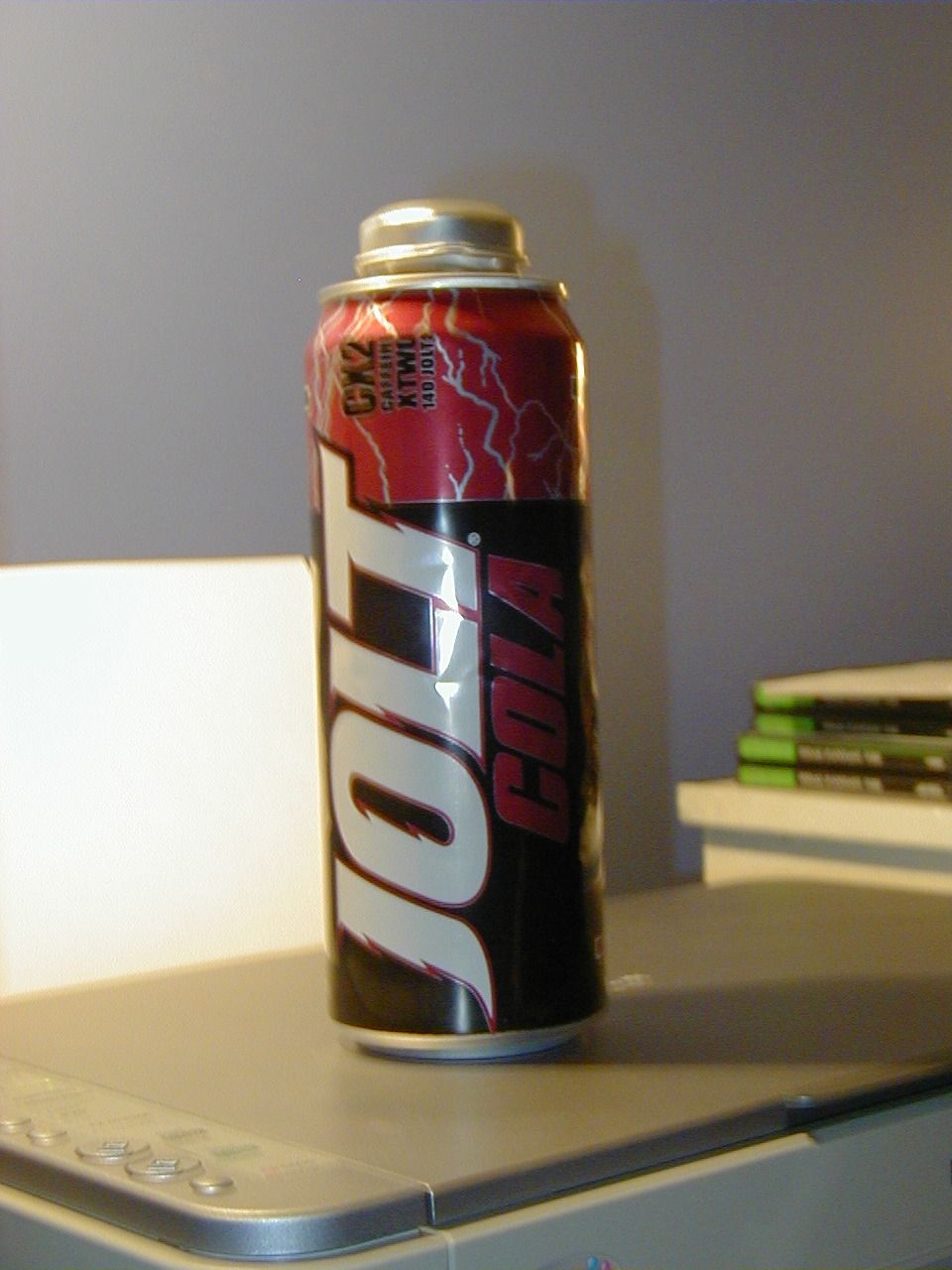
12. **Jolt Cola**If you needed a serious jolt to get through the day (or night), then Jolt Cola was your absolute best friend in the ’00s. Launched way back in 1985, Jolt boldly advertised “all the sugar and twice the caffeine,” positioning itself as a rebellious, no-holds-barred alternative in an era when diet drinks were starting to gain traction. While it debuted earlier, its influence and presence absolutely permeated the 2000s, especially among students and tech workers who needed that extra kick.
This wasn’t for the faint of heart; Jolt Cola was an unapologetic energy booster. It was the go-to beverage for pulling all-nighters, powering through epic gaming marathons, or just feeling like you could conquer the world (or at least, your homework). Its cult following was legendary, fueled by its straightforward promise: more energy, no compromises. Heck yeah! It became a symbol of industriousness and youthful rebellion, fitting perfectly into the ’00s ethos of pushing limits.
The classic black can with its lightning bolt logo was iconic, a clear signal that you were about to embark on a highly caffeinated adventure. It bypassed the subtle marketing of other sodas, instead opting for a direct and impactful message that resonated with anyone looking for a powerful pick-me-up. Jolt wasn’t trying to be fancy; it was just trying to keep you awake and wired, and it did a darn good job of it.
Although Jolt gained immense popularity, its hold eventually waned as the market became flooded with new energy drink titans like Red Bull and Monster. Despite attempts to revive it, the original formula faded from shelves by the late 2000s, marking the end of an era for many who had relied on its super-charged fizz. While it’s harder to find now, you can still snag this legendary cola in select stores if you’re lucky enough to stumble upon it!
Read more about: Unlock Your Brain’s Full Potential: Nutritionists Uncover 12 Powerhouse Foods for Sharper Memory and Focus
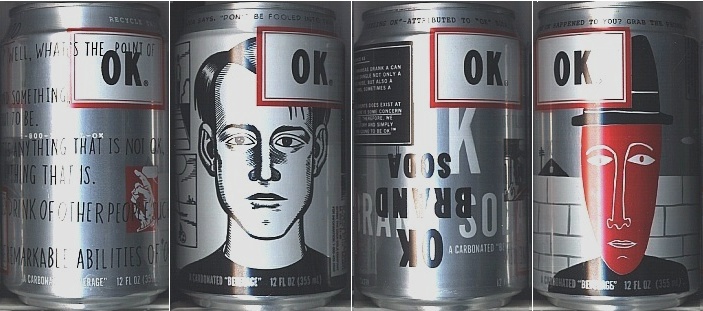
13. **OK Soda**Now, for something truly unique, let’s talk about OK Soda. This might just be the weirdest, most fascinating soft drink Coca-Cola ever launched, making its bizarre foray into the grunge-era counterculture in 1993. While technically a ’90s launch, its anti-establishment vibe and cult status made it a legendary memory that carried well into the ’00s, especially for Generation X who were coming of age and still embracing that non-conformist attitude.
OK Soda was less about the taste (a citrusy cola flavor that was definitely *unlike* any other) and more about the experience. It featured avant-garde packaging with cynical advertising and cryptic messages that felt like an inside joke with its target audience. There was even a hotline inviting consumer feedback, making it an interactive, almost philosophical beverage. It embraced the disillusionment of the era, daring to be different in a market full of bright, optimistic drinks.
The brand resonated deeply with Generation X, whose members were growing into adulthood during the ’00s and still appreciated its quirky vibe. OK Soda’s unique taste and profound marketing approach left a lasting impression, proving that a drink could be more than just a beverage – it could be a statement. It challenged norms, and for a brief, glorious period, it made us feel understood, like someone finally got it.
Ultimately, OK Soda was one of the most depressing products ever, disappearing from shelves in just two short years. It never achieved mainstream success, perhaps because its message was *too* niche, *too* cynical for the broader public. Yet, for those who remember it, OK Soda wasn’t a failure; it was an amazing beverage, a cult favorite, and a cherished snapshot of an era that dared to be different. It proves that sometimes, the weirdest experiments make the most unforgettable memories.
Read more about: Don’t Trip at the Starting Line: The Worst Social Security Mistakes People Make When Filing at Age 62
Phew, what a ride through the fizzy, fantastic, and sometimes frankly baffling world of ’00s soft drinks! From neon colors to extreme caffeine boosts, and even some philosophical sips, these beverages weren’t just about hydration; they were about capturing the spirit of a truly unique decade. They were the background noise to our dial-up internet, the fuel for our AIM chats, and the perfect accessory to our oversized hoodies. We loved them, we lost them, and thanks to the magic of nostalgia, we can relive every sugary, sticky, caffeine-fueled moment right now. So, which of these iconic conquerors of fizz brings back the most vivid memories for you? Let us know, and stay cool, ’00s survivors!

